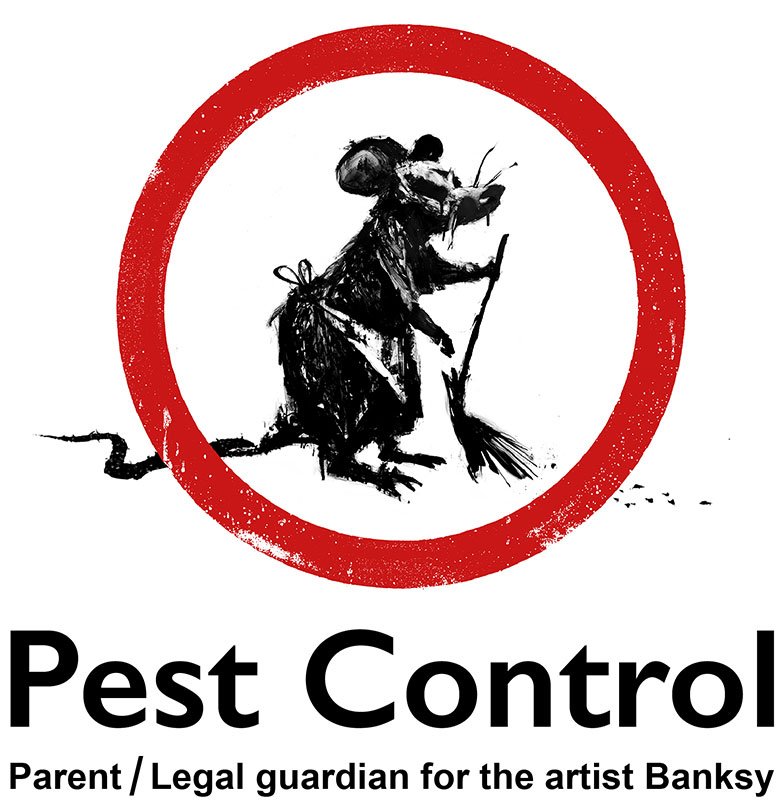All-Inclusive Services from Pest Control Lockhart for Any Infestation
All-Inclusive Services from Pest Control Lockhart for Any Infestation
Blog Article
Checking Out Infestation and Therapy Methods in the Globe of Bug Control
The landscape of insect control incorporates a myriad of obstacles, particularly as invasions of typical house pests continue to progress. By integrating precautionary actions with innovative management techniques, such as Integrated Bug Monitoring (IPM), home owners can much better protect their atmospheres.

Common Home Pests
When it pertains to handling our living rooms, understanding typical home bugs is crucial. These pests not just interrupt our comfort however can additionally pose health threats and damages residential property. One of the most prevalent family bugs consist of ants, roaches, rats, termites, and bed insects.
Ants, usually seen foraging in kitchen areas, can pollute food and establish big nests. Cockroaches, known for their resilience, can cause allergic reactions and spread virus. Rats, consisting of computer mice and rats, can trigger structural damage and lug conditions like hantavirus and salmonella. Termites, commonly described as "silent destroyers," can endanger the honesty of wooden structures, leading to pricey repair services. Bed insects, although not disease service providers, can create substantial pain with their bites and bring about mental distress.
Recognizing the signs of these insects, such as droppings, nests, or bite marks, is important for early treatment (Pest Control Lockhart). Correct sanitation practices, securing entrance points, and maintaining a clutter-free atmosphere are efficient preventative steps. By identifying these usual home pests and comprehending their behaviors, house owners can take proactive actions to mitigate invasions, ensuring a much healthier living atmosphere
Recognizing Insect Infestations
Insect invasions can intensify promptly, transforming a small annoyance into a significant issue if not resolved without delay. Common factors contributing to infestations include poor sanitation, architectural susceptabilities, and seasonal modifications that drive bugs inside.
Recognizing the kind of parasite is crucial, as various varieties show different habits and reproductive prices. For circumstances, rodents may establish nests in hidden locations while pests like roaches thrive in damp settings. Early detection typically rests on recognizing signs such as droppings, munch marks, or uncommon noises, which can indicate a problem prior to it comes to be serious.
Warm, moist climates can assist in the quick development of bug populaces, while changes in landscape design or construction can unintentionally develop conducive atmospheres. An enlightened strategy to comprehending these characteristics lays the foundation for effective bug monitoring techniques in the future.
Therapy Approaches and Techniques
Efficient treatment methods and strategies are essential for minimizing bug infestations and recovering a risk-free environment. A complex method is usually best, incorporating chemical, organic, and mechanical approaches tailored to the certain pest and the extent of the problem.
Chemical therapies include the use of insecticides and herbicides, which can successfully get rid of bugs. Nonetheless, correct application and adherence to safety guidelines are essential to reduce dangers to people and non-target organisms. Integrated Bug Monitoring (IPM) motivates the wise use chemicals as a last resort, relying instead on monitoring and limit degrees to figure out treatment requirements.
Organic control techniques include presenting all-natural predators or bloodsuckers to minimize pest populaces. This technique is increasingly preferred, especially in agricultural setups, as it promotes ecological sustainability.
Mechanical techniques, such as catches and barriers, provide instant remedy for pests without presenting chemicals. Options consist of sticky traps for click here for more bugs or physical barriers for rodents.
Inevitably, the option of therapy method need to think about the details insect, the setting, and prospective influences on human health and wellness and ecosystems. A well balanced mix of these techniques can successfully manage problems while promoting long-term parasite control services.
Preventative Steps for House
Proactively addressing insect concerns before they intensify is essential for maintaining a healthy home atmosphere (Pest Control Lockhart). Applying effective safety nets can considerably minimize the likelihood of infestations, eventually securing both your residential or commercial property and wellness

Proper landscape design additionally plays an important function in prevention. Keeping shrubs and trees trimmed away from your house reduces the chances of parasites locating their way indoors. Make sure that water drainage systems are operating effectively to avoid standing water, which can draw in insects and other insects.
Lastly, regular assessments are recommended. Consistently looking for indications of pest task enables for early treatment. By embracing these preventive actions, house owners can create an environment that is much page less congenial to pests, consequently improving their total lifestyle and reducing the requirement for comprehensive parasite control interventions.
Industrial Parasite Control Approaches
An extensive technique to business parasite control is crucial for services aiming to preserve a secure and hygienic setting. Effective approaches involve a mix of regular assessments, staff member training, and the application of Integrated Parasite Management (IPM) techniques.
Regular assessments navigate to this website make it possible for early detection of parasite activity, permitting prompt treatment. Services need to develop a routine timetable for these analyses, focusing on high-risk locations such as cooking areas, storage rooms, and waste disposal sites. Staff member training is just as essential; personnel needs to be educated on the signs of insect problems and the relevance of reporting them promptly.
Implementing IPM methods assists alleviate parasite concerns sustainably. This consists of environment modification, such as sealing entry points and minimizing mess, along with using all-natural deterrents prior to resorting to chemical therapies.

Moreover, collaborating with a certified insect control supplier guarantees accessibility to professional knowledge and sophisticated therapy choices. This collaboration can cause personalized insect control intends customized to the details demands of the organization, decreasing threats and improving general efficacy. Ultimately, a proactive and enlightened technique fosters a pest-free setting, guarding both public health and wellness and service credibility.
Conclusion
In conclusion, efficient pest control necessitates a detailed understanding of common home parasites and their behaviors, paired with targeted therapy techniques. Applying preventive procedures along with therapy strategies such as Integrated Insect Monitoring and biological control improves the capacity to mitigate infestations.
Report this page